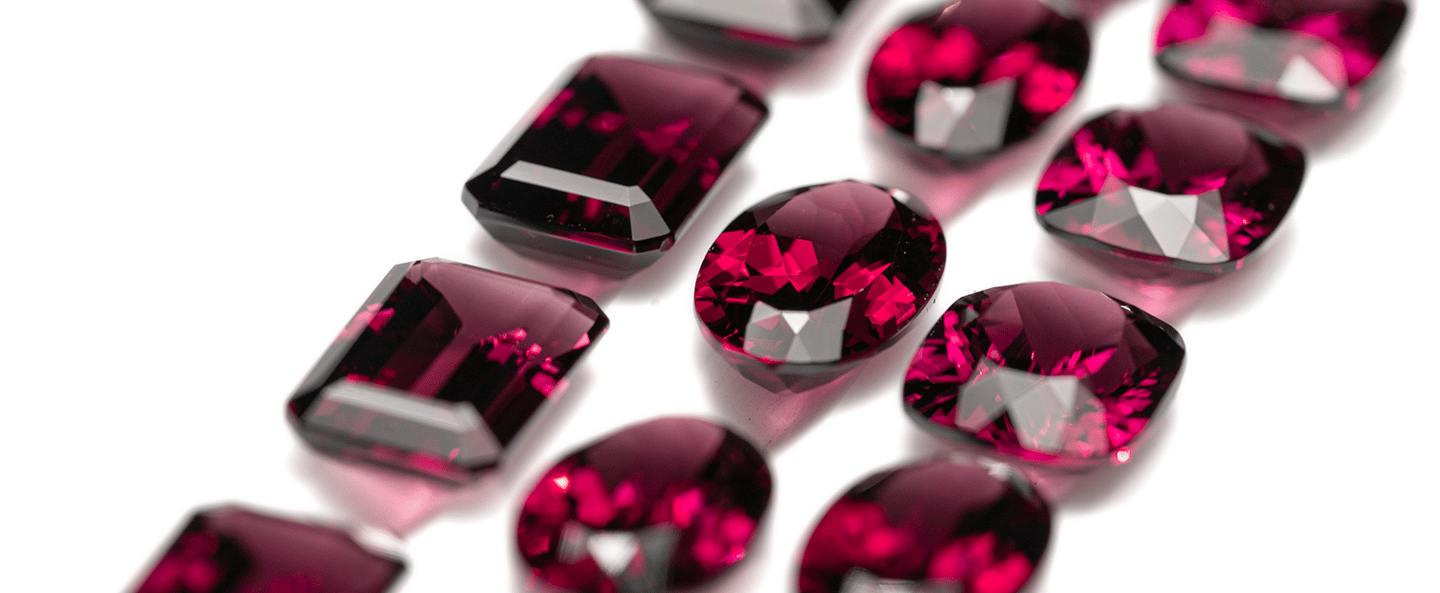

BUYER'S GUIDE
What makes a gem, your ‘ideal’ gem?
Gemstones at the end of the day are pieces of mineral crystals. But what makes a gemstone, truly special? What’s so unique about a particular stone, that draws you to it, that with its flaws, the sparks, the hues, and the flares, speak to you a totally distinctive story, which no other gem can?
While a regimented way can be used for judging the quality of gemstones, a gemstone is more than just four characteristics on paper, they are instead multidimensional and have their own character and uniqueness to offer. No two gemstones are identical to each other. Like beauty is subjective in nature and will always be, a certain gemstone could form a connection with you and only you and another would stay immune to its charms. While it’s all right to be prudent and follow the parameters to the T in buying gemstones, it’s also all right to throw caution to the wind and follow your heart and obtain the gemstone that speaks to you in a manner, no other stone ever has. The relationship you form with the gemstone that you pick can be personal and hence provide you complete freedom in your choice process.
CUT
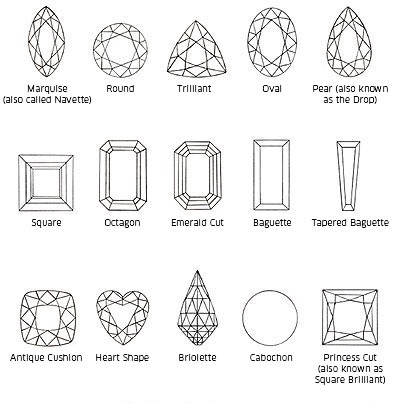

The cut refers to the shape of the rough gemstone which has been cut, polished and presented at the lapidary.
Cuts can be divided into two major categories, faceted gems, gems that have geometrically shaped flat faces and non- faceted gems, gems with rounded surfaces. Non-faceted gems are also popularly called cabochons. A gem’s value increases by leaps and bounds when it’s symmetrical, proportionate and has been polished well and shows an admirable lustre. It’s truly the test of a lapidary’s skill set. The cut is most important to explore the full potential of beauty in a gemstone and the type of the cut is dependent on the type of stone, size, colour and condition.
While there are no stringent rules and grades for gemstone cuts, the cut after all is designed to escalate the stone’s inherent beauty. The general idea is to thus cut a stone in such a fashion that it reflects light evenly and does not display or accentuate darkness or windows. It is also important that the facets of the stone are symmetrical in nature. The facets on the top or crown are responsible for capturing light while the facets on the bottom or pavilion are accountable for reflecting light from within the stone. It’s this capturing and reflection of lights that results in stunning visual effects of all sorts.
To make sure your gemstone has a high quality cut, you have keep in mind a few things that you can learn from how gemstone cutters decide to cut their stone. Their priority at the time of cutting is maintaining the stone’s size, enhancing its colour and reducing the flaws and hence improving the overall clarity. They also focus on providing the stone with the best symmetry.
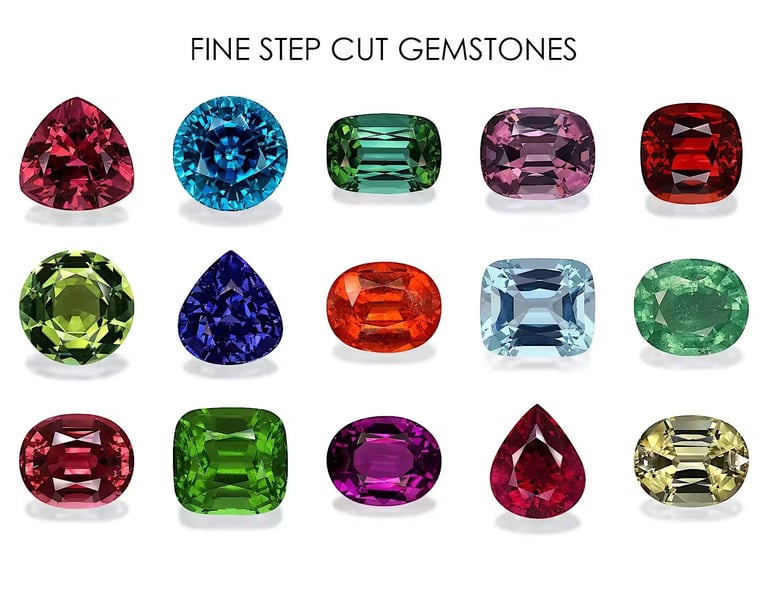

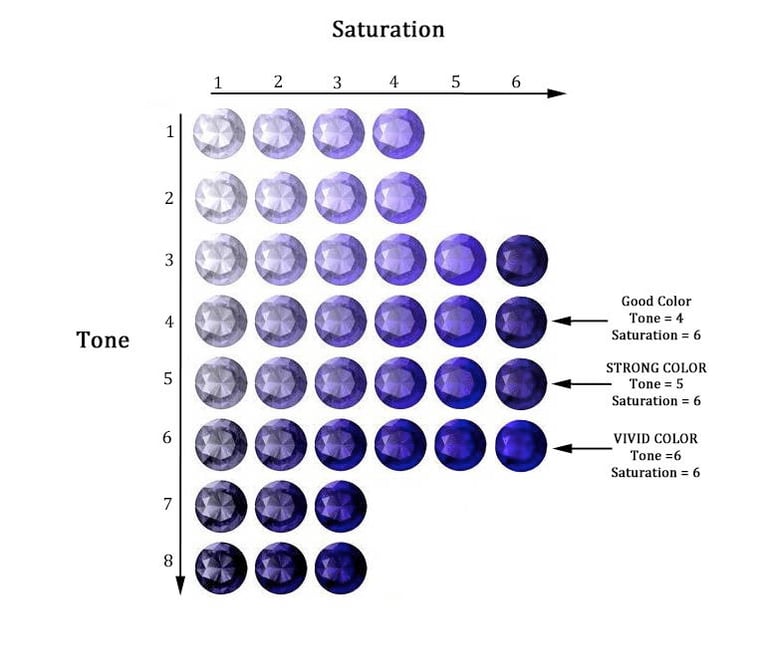

A primary tool for determining the quality and value of a gemstone is its colour. It can make or break a gem’s value, hence being a critical factor in judging it. The three major components of colour in a gemstone are its hue, saturation and tone.
Hue denotes the purity of the gem’s primary colour and what percentage of presence is taken up by its secondary colours. Traditionally, the purer the gem’s primary colours, the higher the value.
Saturation on the other hand describes crudely put, how much colour there is. So the intensity, the brightness and the vividness of it. The more intense a colour, the more saturated it is and the higher the value.
Tone describes the lightness or the darkness of the gem, or how much white or black are dispersed with the pure hue of the gem. The term tint can be used to describe lighter values and shade for darker values.
While most of this is the theory of it, most respected gemmologists suggest to ‘buy what you love’. Gems comes in all shades and unique colours. If you find something completely unique and spectacular to you, we suggest go for it.
CLARITY
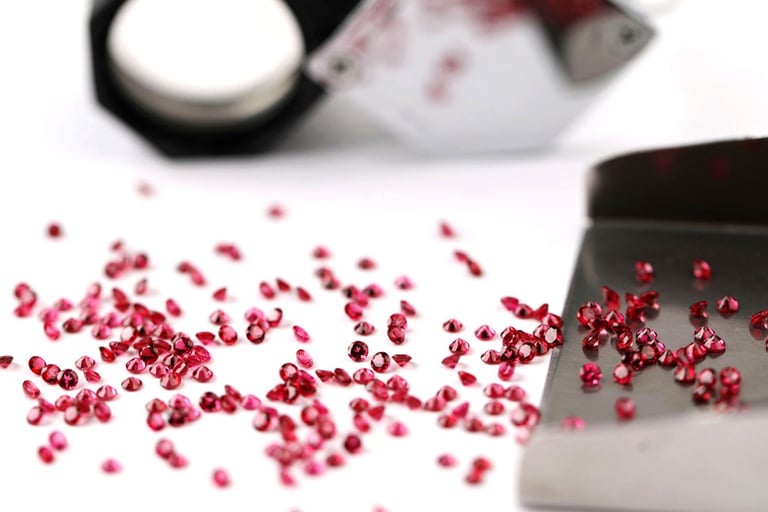

Clarity is one of the most important factors in determining a gemstone’s value and overall appeal. It refers to the presence of natural internal features called inclusions, such as tiny crystals, gas bubbles, or liquid pockets that form during the gemstone’s creation. Generally, the fewer the inclusions, the higher the clarity and value. However, not all inclusions are seen as flaws. In some gemstones like emeralds, inclusions add a unique charm and are even considered a signature of their natural beauty.
Gemstones are typically graded based on their clarity. The highest grade is loupe clean, meaning the gemstone appears free of inclusions even under 10x magnification. Following that is the slightly included or eye-clean category, where inclusions are not visible to the naked eye but can be seen under magnification. Moderately included stones have visible inclusions without any tools, but these do not significantly affect the stone's appearance. Heavily and excessively included gemstones, on the other hand, have noticeable inclusions that may impact both appearance and durability.
It’s important to remember that inclusions are a natural part of many gemstones. In certain types, they can actually enhance the gem’s character and uniqueness, making each piece distinct and special in its own way.
CARAT WEIGHT
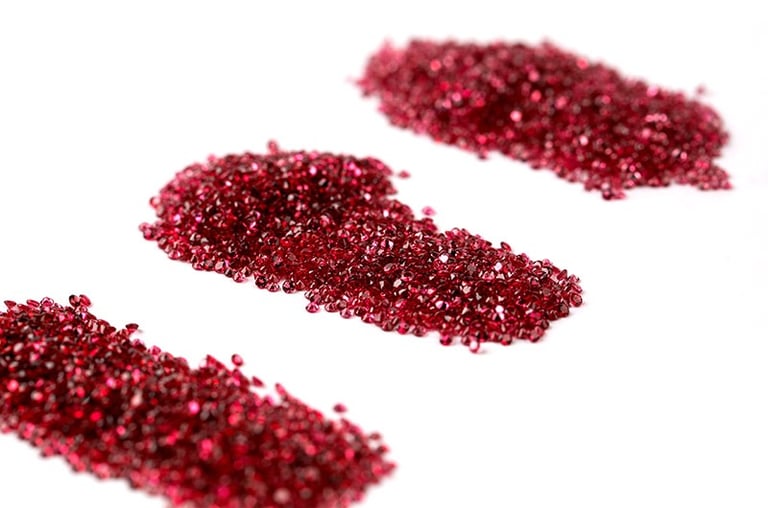

Historically gems were weighed in hand held balances against carob beans. The word ‘carat’ has thus been derived from ‘carob’. A carat is thus a unit of weight, to measure and sell a gemstone.
Currently a carat is equal to one fifth of a gram and can be further divided into hundred points.
We have to keep in mind that stones that have larger crowns and short pavilions may seem large and yet be equal in carat weight to stones with smaller crowns and deeper pavilions, that appear to be less impressive than the former and the other way around. Identical sized stones could have different carat weights, if they are different types of stones and are formed differently. Ideally gemstones should neither be too shallow or too deep, but one can either get a larger looking stone for the same price as a smaller looking one of the same weight, whichever one fancies and whichever suits one’s pocket. This can be achieved by looking for a stone of the desired carat weight with a large crown and table, hence giving a larger appearance.
A rather important aspect to keep in mind in regard to a gemstone’s carat size is that a stone with a low carat weight doesn’t necessarily mean that it would be cheaper. Mostly because larger gemstones like rubies, usually have many inclusions. Smaller ones, tend to have higher clarity, thus making them more expensive, which is why it is necessary to factor all of this when looking for a stone with the right carat weight.